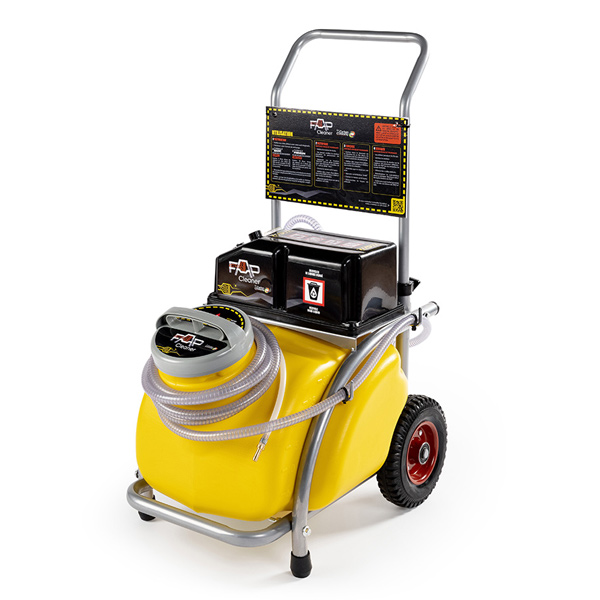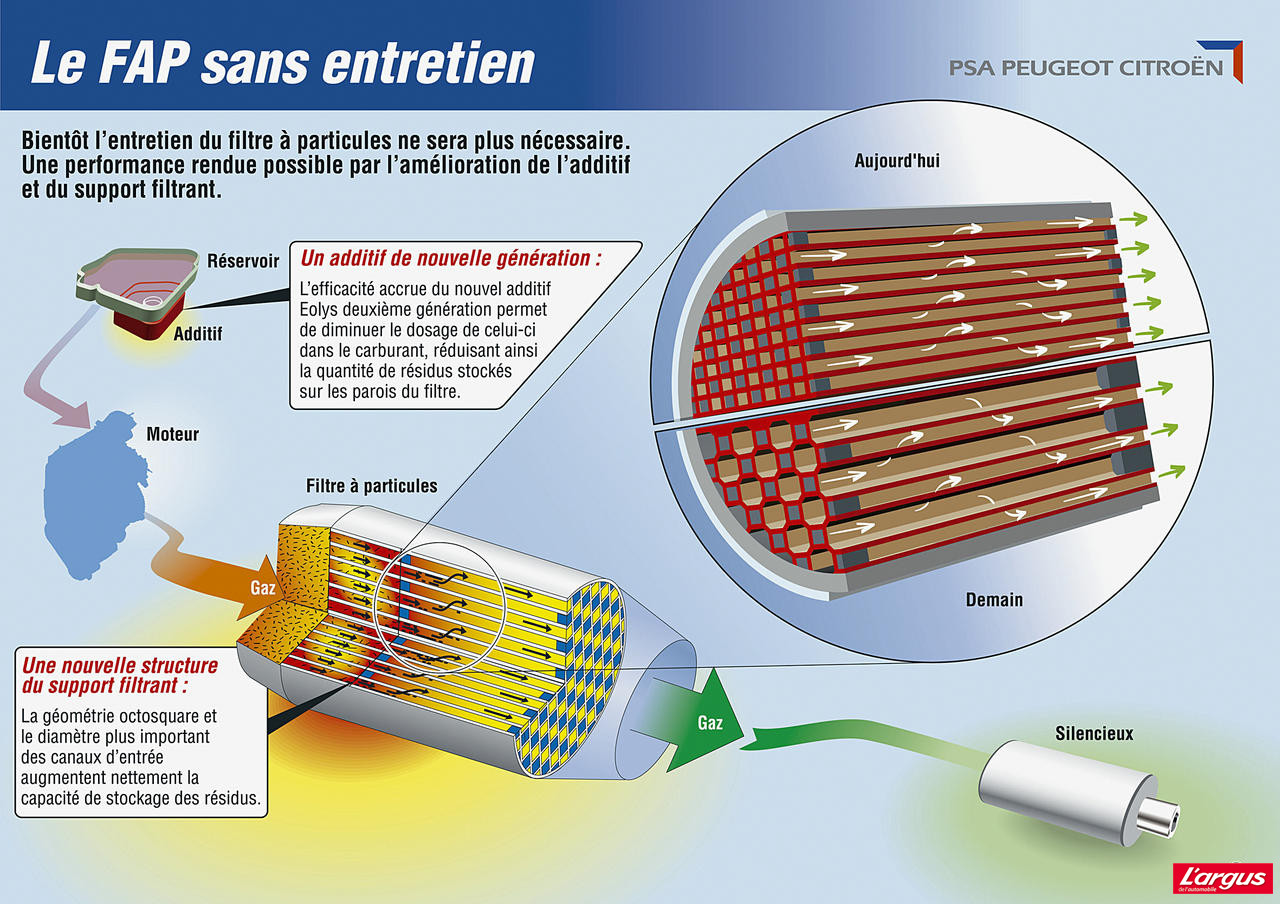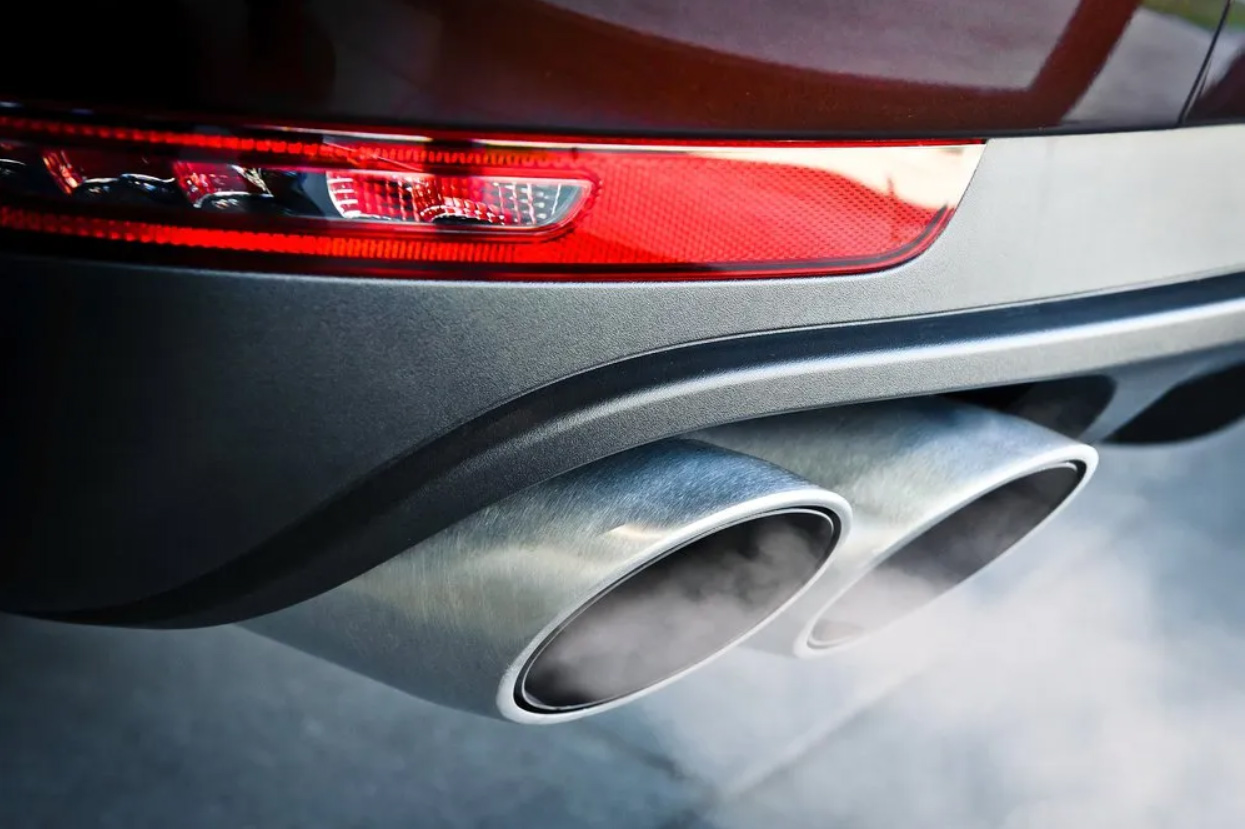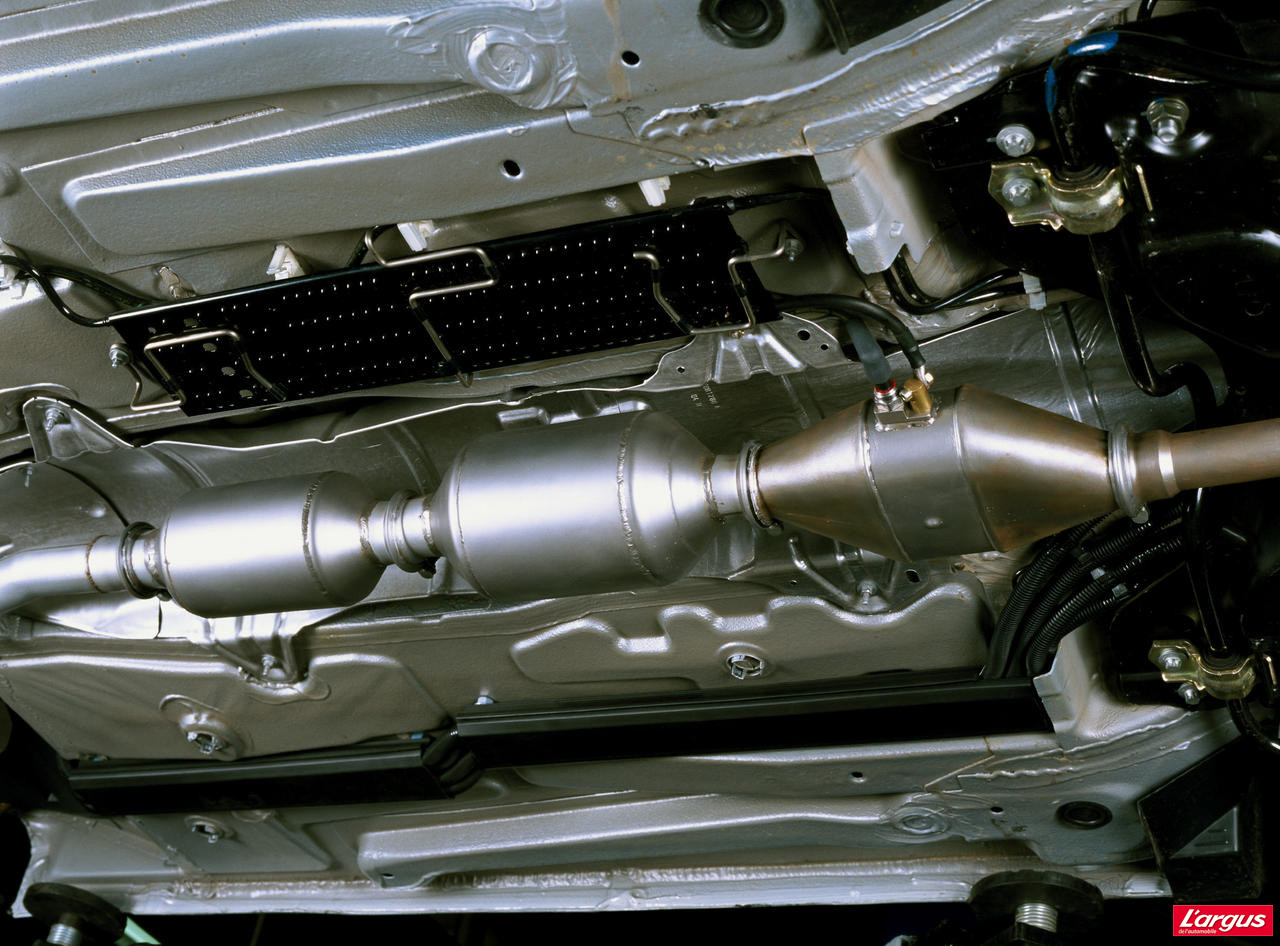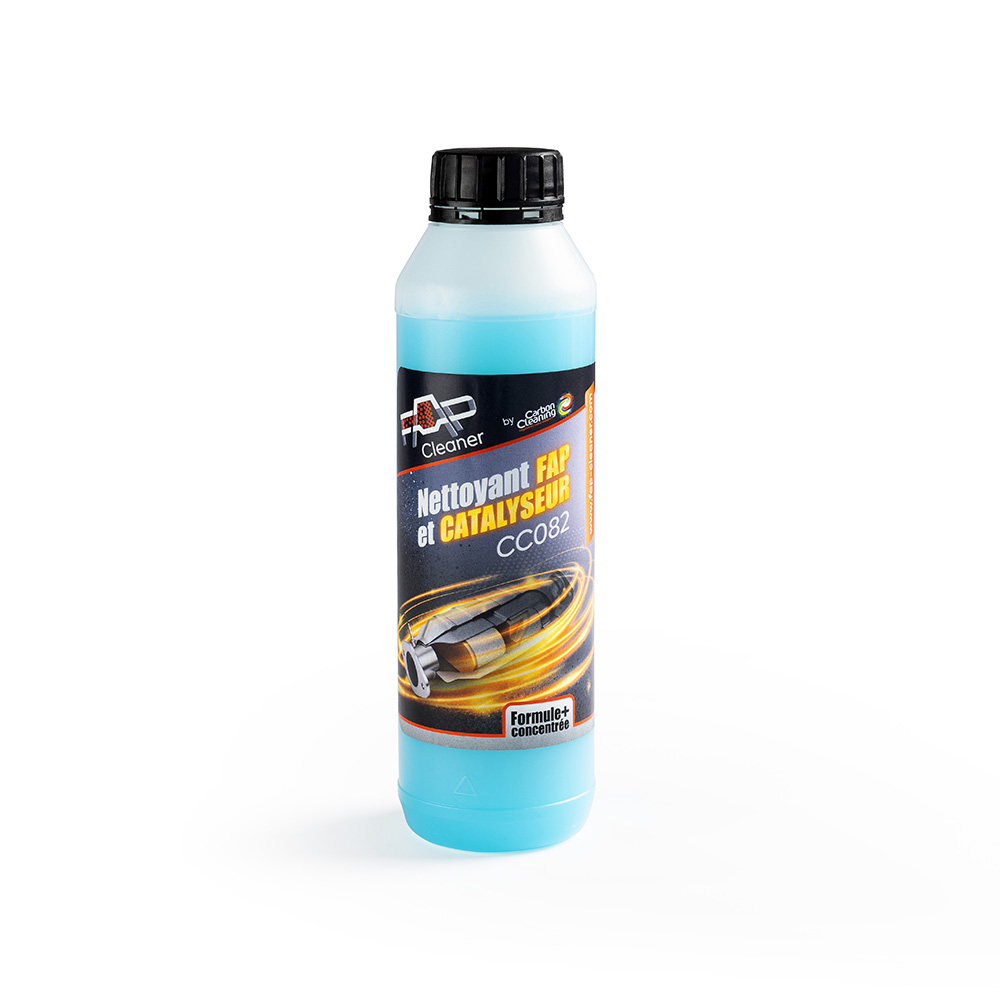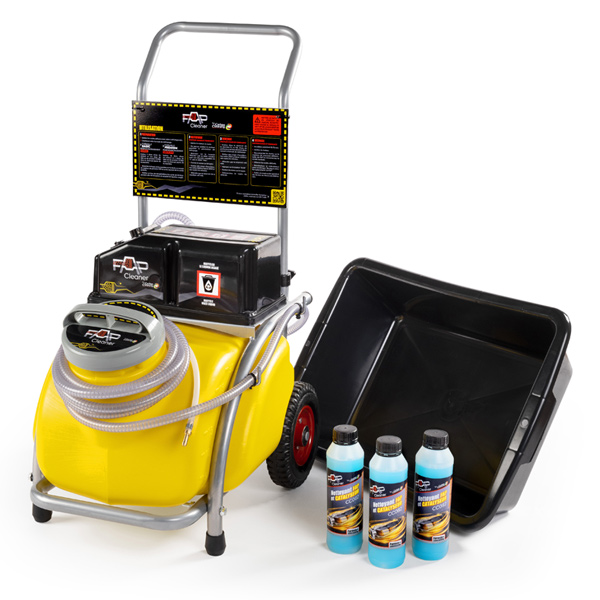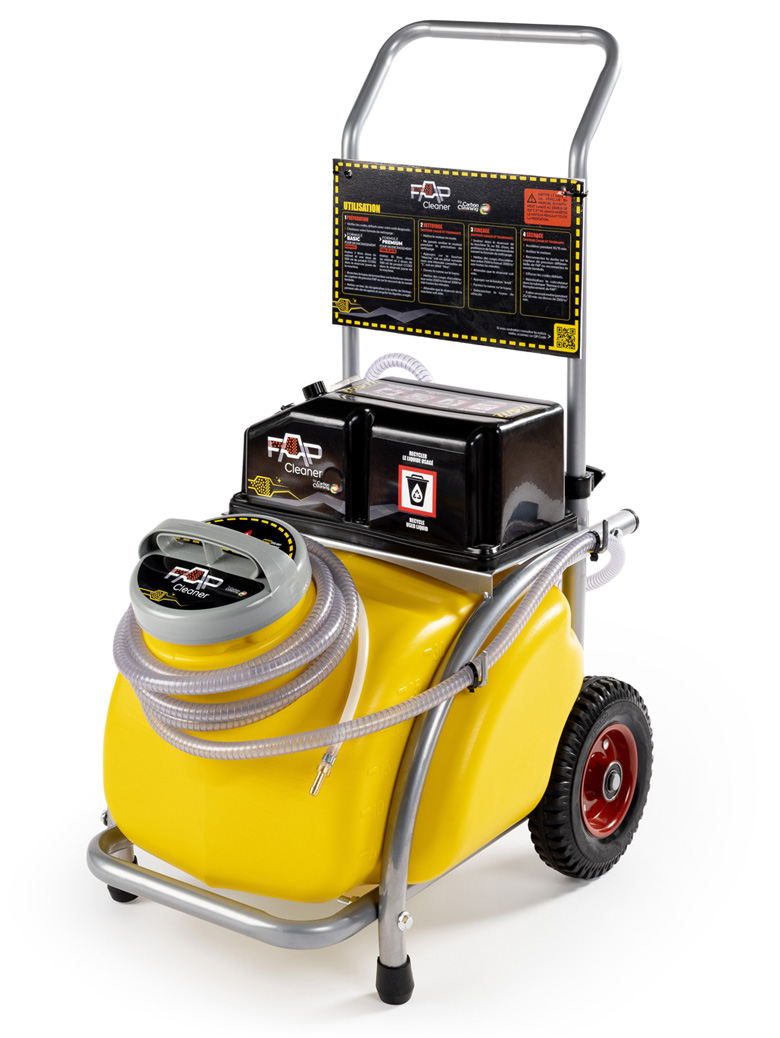The SCR anti-pollution system
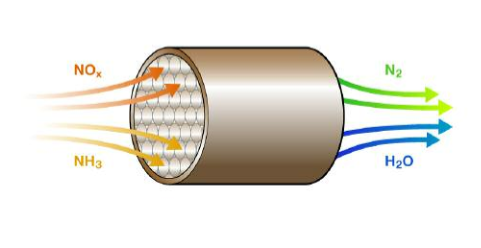 The Selective Catalytic Reduction (SCR) is a technique for treating diesel engine exhaust gases to reduce NOx (nitrogen oxide) emissions. This technique involves the use of a catalyst to reduce NOx to nitrogen (N2) and water (H2O), which are harmless compounds for the environment.
The Selective Catalytic Reduction (SCR) is a technique for treating diesel engine exhaust gases to reduce NOx (nitrogen oxide) emissions. This technique involves the use of a catalyst to reduce NOx to nitrogen (N2) and water (H2O), which are harmless compounds for the environment.
The SCR process is carried out at relatively low temperatures (between 150°C and 500°C) and in the presence of a reducing agent such as ammonia (NH3) or urea (CO(NH2)2). The catalyst is generally composed of metals such as platinum, rhodium or palladium, which are capable of catalysing the reduction reaction.
The SCR system is generally integrated into the exhaust system of the diesel engine and can be used on a variety of vehicles such as cars, trucks and buses. It is widely used in the automotive industry to meet NOx emission standards.
Selective catalytic reduction is an important technology for reducing NOx emissions and improving air quality. However, it requires regular maintenance of the SCR system and correct use of the reducing agent to maintain its effectiveness.
The different SCR problems
SCR (Selective Catalytic Reduction) is a nitrogen oxide (NOx) emissions control technology used in diesel vehicles, power plants and other industrial facilities. Although this is a proven and effective technology for reducing NOx emissions, it can encounter certain problems. Here are some examples of common problems with SCR systems:
- Catalyst clogging: the accumulation of soot particles and other contaminants on the SCR catalyst can reduce its effectiveness in reducing NOx emissions. This may require cleaning or replacing the catalyst to maintain system performance.
- Ammonia dosing problems: the SCR system requires ammonia to reduce NOx emissions. If the ammonia dosage is not correctly calibrated, this can lead to excessive NOx emissions or over-use of ammonia, which can damage the catalyst and affect the efficiency of the system.
- Temperature issues: the SCR catalyst must be maintained at an optimum temperature to operate effectively. Temperatures that are too low can lead to NOx buildup, while temperatures that are too high can damage the catalyst. Temperature problems can be caused by faults in the cooling system or temperature control.
- Urea quality problems: the SCR system uses urea as the ammonia source. If the urea used is not of sufficient quality, this can lead to metering problems or fouling of the catalyst.
- Control system failure issues: the SCR system is controlled by an on-board computer and sensors. If any of these components fail, it can lead to SCR system failure and excessive NOx emissions.
It’s important to note that problems with SCR systems can be avoided or minimised through regular maintenance and monitoring of the system. Problems must be diagnosed and resolved quickly to ensure efficient performance and reduce NOx emissions.
You have a problem with your vehicle, such as loss of power, an engine warning light on, exhaust fumes, or you’ve failed your roadworthiness test for pollution, contact us.
Before replacing expensive parts, don’t hesitate to contact our FAP Cleaner technicians who can accurately diagnose your problems and suggest alternative solutions before replacing the parts.

